William Turner: In the Heart of Light
The British Romantic artist of the early 19th century infused his paintings with brilliant light, intense contrasts and dramatic visions of landscapes and maritime scenes.
Joseph Mallord William Turner RA, known contemporarily as William Turner, was born in London in 1775. The son of a barber, he took painting lessons at a very young age and proved to be very gifted. At the end of the 1780s, he started assisting architects and engravers, and by 1789, he was accepted into the prestigious Royal Academy.
Turner exhibited his first watercolors at the age of 15 before turning to oil painting. Fishermen at Sea (1796) and Moonlight (1797) already capture the young artist's rare mastery of light, reminiscent of the chiaroscuro of the Baroque painters. Dutch Boats in a Gale (1801) elevated the young painter to the rank of the great masters, and he was elected to be an academician at the age of 26.
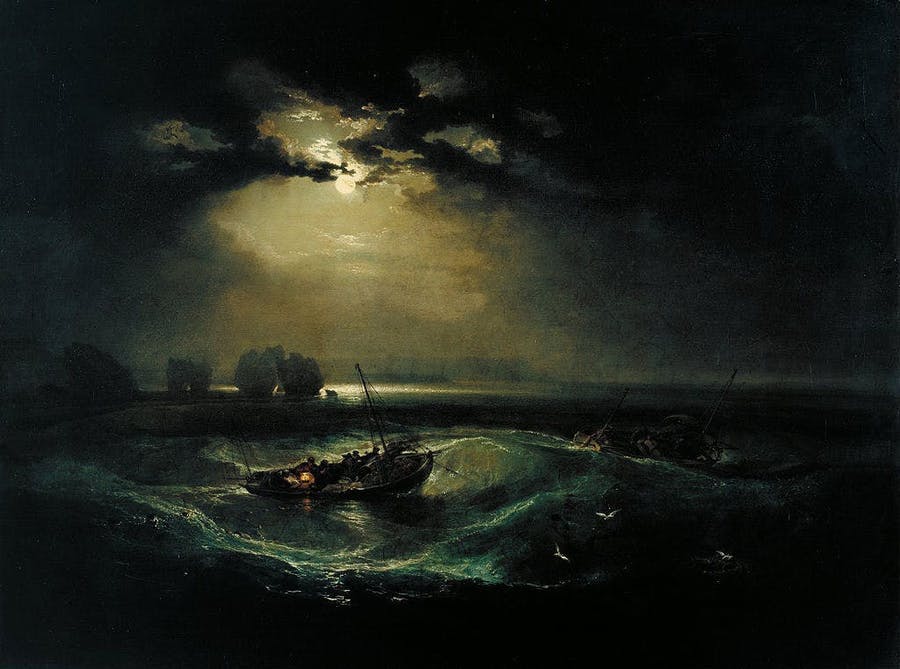
In 1802, Turner traveled across the European continent. Throughout his life, he never stopped returning to the same destinations to better capture their energy, painting from memory sometimes even years later. He always returned to his favorite destinations: France, Italy and Switzerland. He also painted, in particular, on the banks of the River Thames, England.
Related: The Tales Behind the Greatest Works of Classicist Art
Turner was also enthralled by history and heroic landscapes, which were represented in his works. Sun Rising Through Vapour (1807) testifies to the classical heritage of Claude Le Lorrain and Nicolas Poussin.
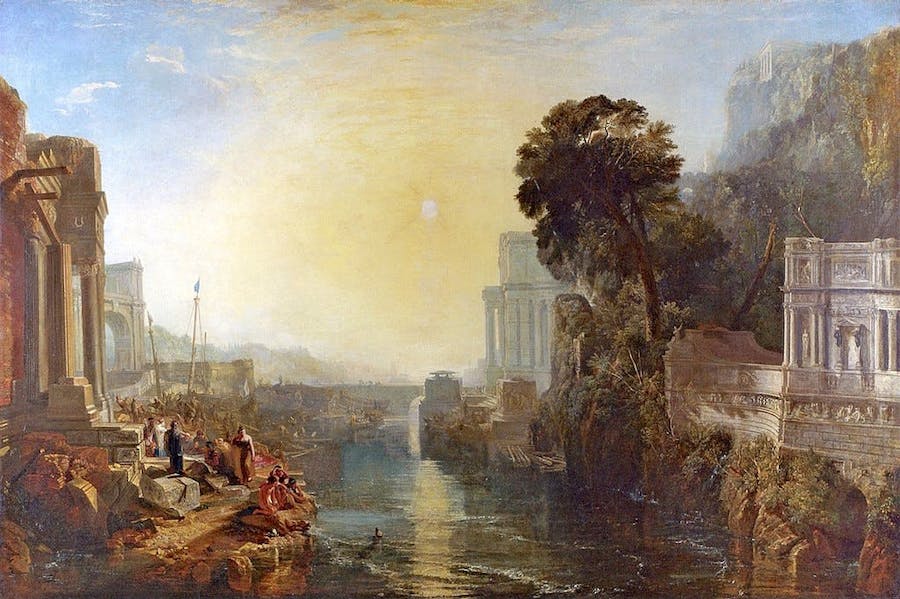
In 1814, in the vogue of English romanticism, he painted Dido building Carthage, based on Vergil's Aeneid, which he called his masterpiece. Alongside John Constable, William Blake, Thomas Lawrence and Johann Heinrich Füssli, Turner was inspired by Francis Barlow, Thomas Gainsborough, Richard Wilson and Benjamin West.
Related: Thomas Gainsborough: Grand Portraits in Nature
His inventiveness exploded. He introduced new colors that were the fashion of the time, such as cobalt blue or bright yellow. In Frosty Morning (1813), he used a bleached canvas to accentuate the soft brightness of the morning light. Many works from the years 1810-20 are infused with with feverish gleams, such Mortlake Terrace, 1827. His work shows a strong interest in Goethe's interest in botany and color and Newton’s scientific color research.

Remarkable natural phenomena also emerged in his work: he painted the sea of ice in the Chamonix Valley (1814) and the Eruption of Vesuvius in a Flame Explosion (1817). Already, the paintings show a veering into abstraction as light is released in grandiloquent compositions (take Hannibal and His Army crossing the Alps, 1822). He further explores the chiaroscuro technique that he deploys in all possible color combinations, playing with light and darkness, distance and closeness, violence and calm.
Want more articles like this straight to your inbox? Subscribe to our free newsletter!
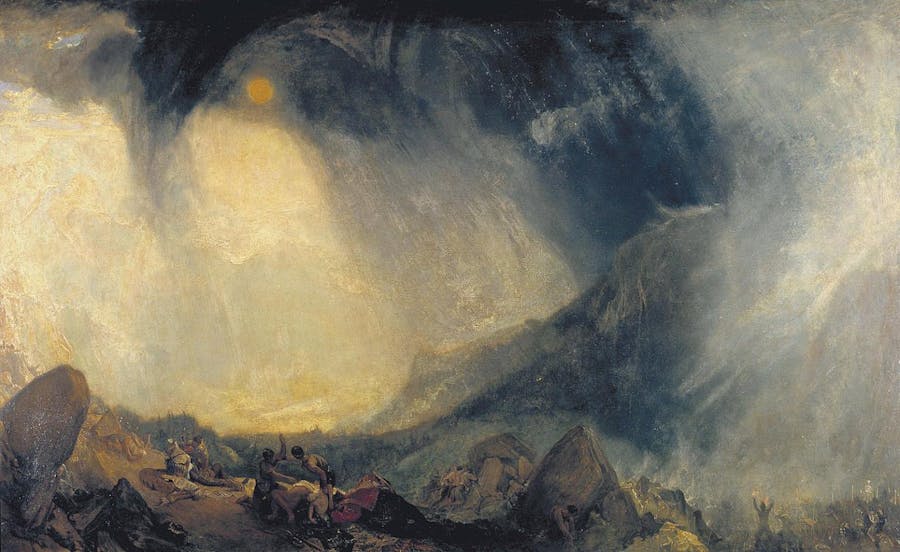
When he returned from Italy, he painted Rome Seen from the Vatican (1820) in homage to Raphael. In addition, Turner painted classic battle scenes (Battle of Trafalgar, c. 1822) and continued to pastiche Le Lorrain (Regulus, 1828). Calais, Sands at Low Water (1840) foreshadows the painting of a famous master at sunrise.
Related: 7 Paintings of London You Should Know
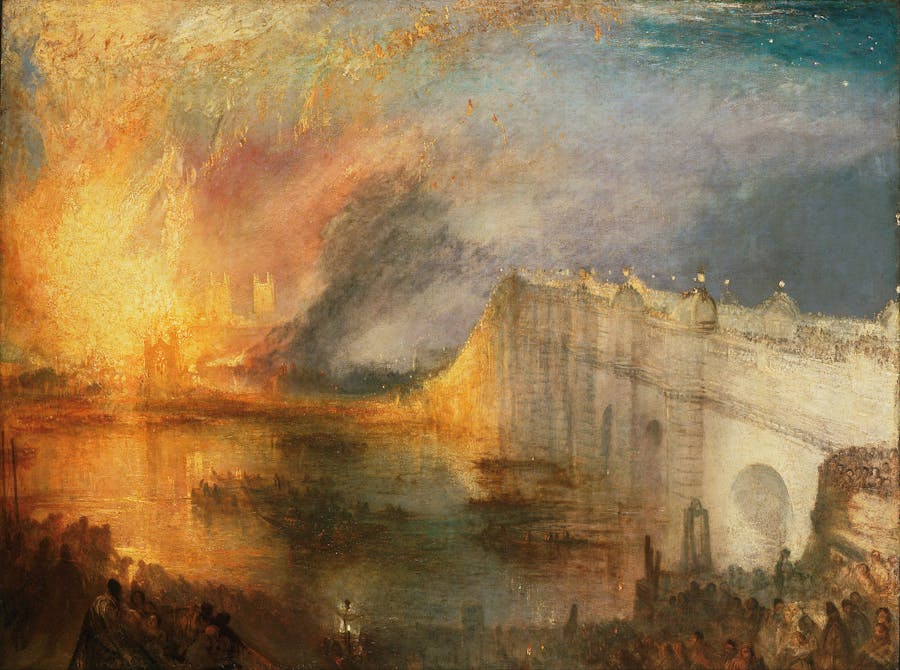
In Rain, Steam and Speed (1844), the train appeared only as a detail drowned in a storm of raging colors. This tendency asserts itself in late paintings, such as Snow Storm (1842), where everything dissolves into swirls of color, blurred strokes and hues of dove, slate and chestnut. The power of the natural elements reflects the weakness of existence, halfway between Thomas Burke’s sublime and John Ruskin’s modernity. Turner was at the height of his art at the time, but few people appreciated his offbeat work.
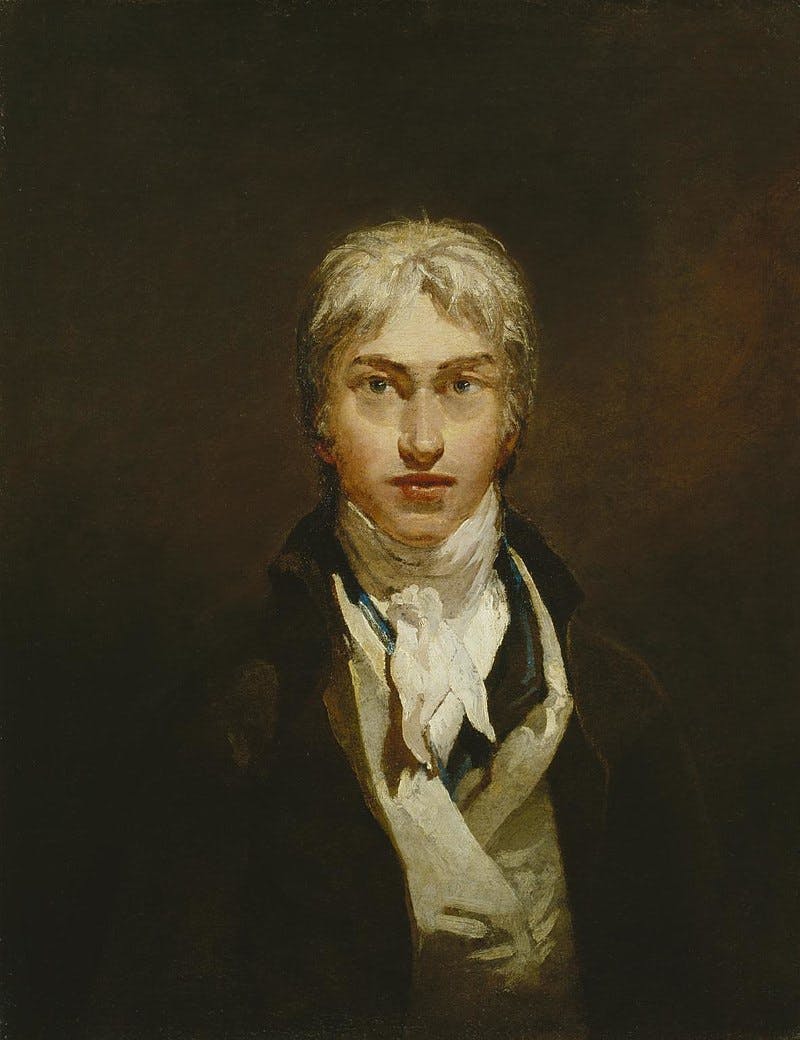
Turner died in 1851. He is buried with Royal Academy founder Sir Joshua Reynolds PRA FRS FRSA in St Paul’s Cathedral in Wren, London. When he died, his frenetic production was discovered: thousands of gouaches, watercolors and accumulated paintings, all bequeathed to the English nation. Even today, the luminous intensity of Turner's paintings remains a mystery to many artists, a lesson that Claude Monet, Eugène Delacroix, Camille Pissarro and Wassily Kandinsky learned in turn.
Related: Impressionism: Between Shadow and Light

Turner's works are highly sought after on the auction market. Giudecca, La Donna dell Salute and San Giorgio, a dreamy vision of Venice in the mid-1800s, sold at Christie's in 2006 to Las Vegas casino magnate Steve Wynn for an incredible $35.8 million. In 2010, his Modern Rome - Campo Vaccino sold for £29.7 million ($44.4 million), also at Christie's. In 2014, at Sotheby's, Rome, From Mount Aventine sold for £30.3 million ($47.4 million), including buyer's premium, beating its estimate of £15-20 million. Turner's paintings hang in the world's major museums, including The Met, National Gallery of Art in Washington DC, Tate Britain, and the Art Institute of Chicago.
Find more artist biographies in Barnebys Magazine
This an updated version of an article originally published on July 27, 2020.


